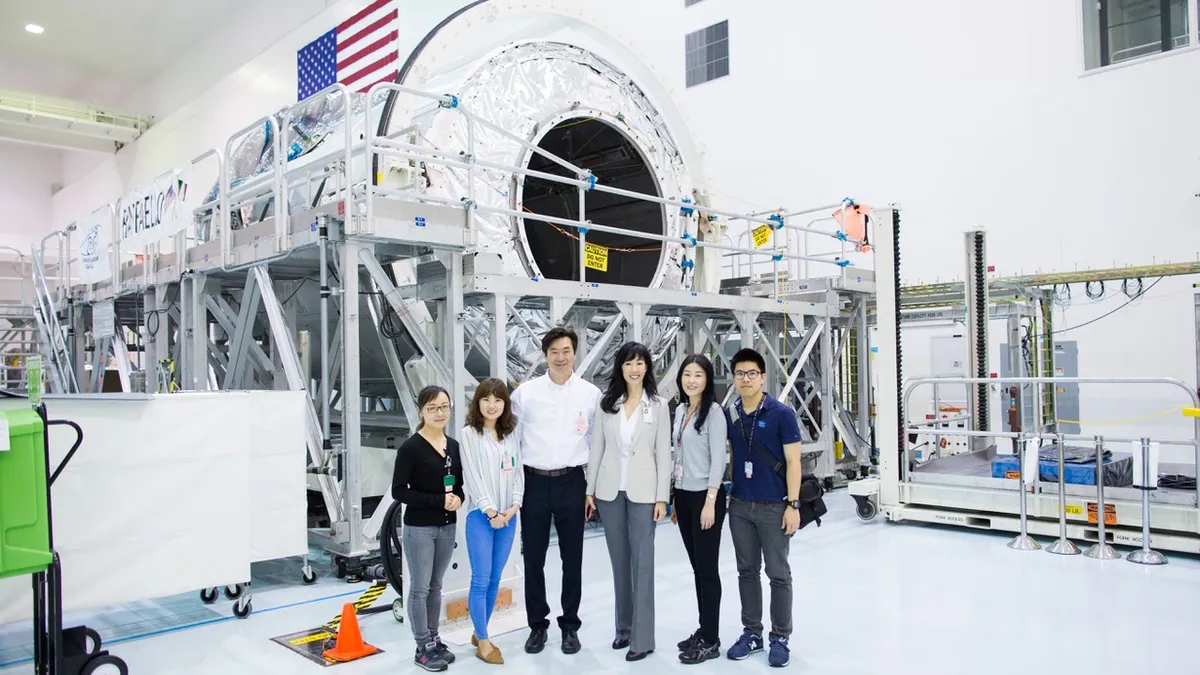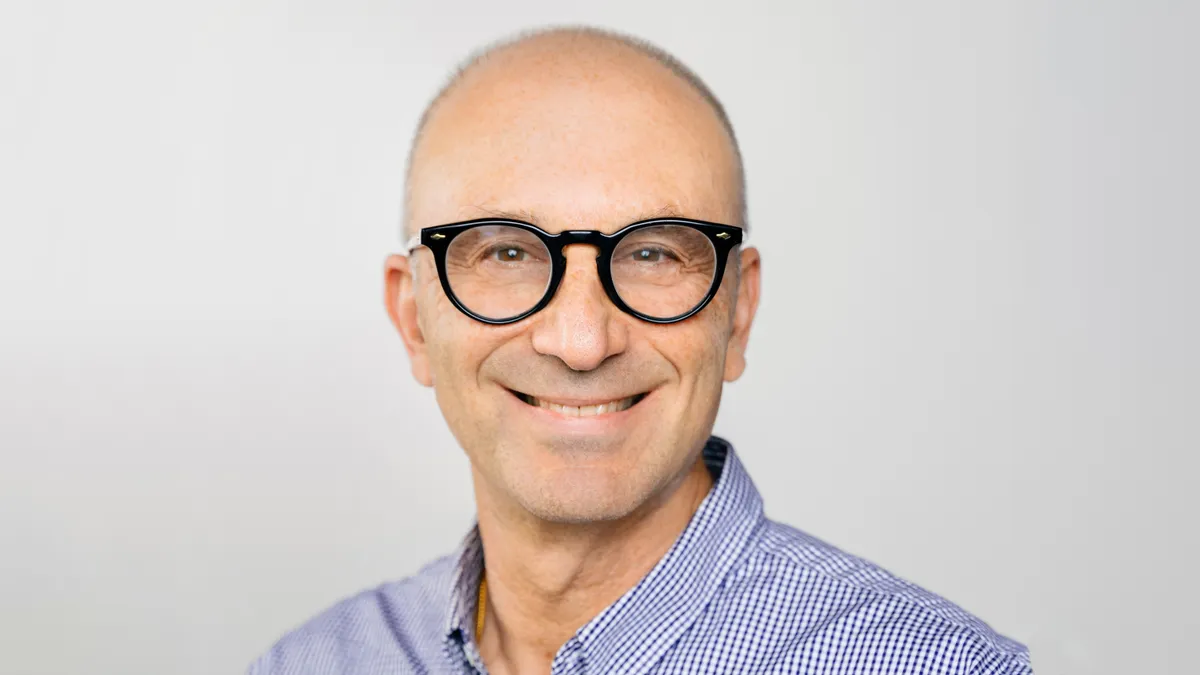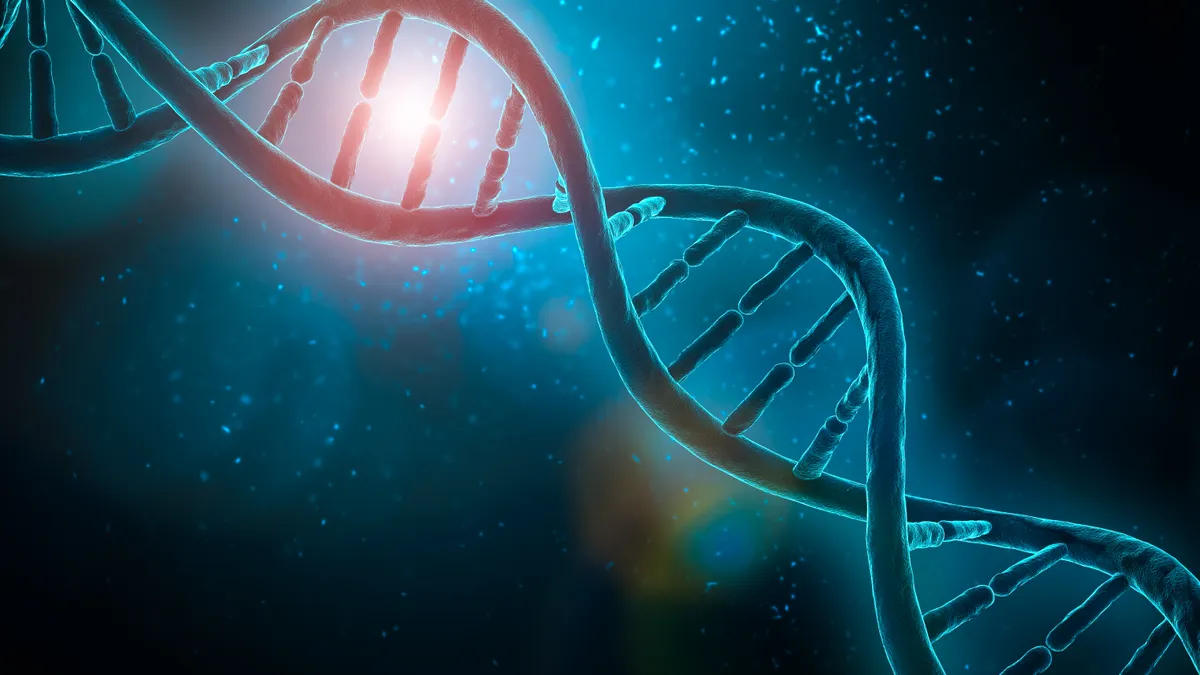In 2017, a rocket containing 40 mice blasted off, headed for the International Space Station.
The furry passengers were the subjects in a UCLA-based research study designed to test an experimental drug based on a bone-building molecule called NELL-1. The goal was to prevent the rapid bone loss seen in microgravity, and the results of that research, published in September, showed that the compound achieved its aim.
And the finding may now lead to a safer bone-building treatment for astronauts and people with conditions like osteoporosis.
Seeing the potential
The path to the space station began when Dr. Kang (Eric) Ting, then an assistant professor of orthodontics at UCLA, wondered what was causing a condition called craniosynostosis that caused the bone plates of the skull to fuse prematurely in some babies, preventing it from expanding to accommodate the growing brain. He discovered that abnormal activity of a growth factor called NELL-1 appeared to be driving the condition, said Dr. Chia Soo, vice chair of research in the Division of Plastic and Reconstructive Surgery at the UCLA David Geffen School of Medicine. Soo began working with Ting, now an adjunct professor at the Forsyth Institute, on NELL-1 research, a collaboration that turned into a marriage.
"The main thing I like about [NELL-1] is that it's a molecule normally found within the human body."

Dr. Chia Soo
UCLA
The research team learned that the NELL-1 growth factor builds bone without the serious adverse effects seen with similar drugs, potentially filling an unmet need. Most osteoporosis drugs, including bisphosphonates, primarily help prevent further bone loss, not replace what’s already lost, Soo said. And the bone drugs that replace lost bone can bring serious risks. For example, bone morphogenetic protein-2 (BMP-2), often used in bone grafting procedures, can cause the formation of bone deposits inside soft organs, Soo said.
Another category of drugs that stimulate bone growth are parathyroid hormone and analogs such as Eli Lilly’s Foreto, which require short-term use because this class of drugs have been linked to bone cancer.
Looking to the stars
Understanding the mechanisms of NELL-1 was strictly a terrestrial pursuit until Soo met a chief scientist for the International Space Station Program who came to speak at UCLA. She encouraged the team to apply for a grant to study the molecule aboard the International Space Station, which provided the perfect testing ground for the NELL-1 compound.
“Nothing will cause as extreme bone loss on Earth as seen in microgravity,” Soo said.
Astronauts who spend extended time in space see rapid bone loss, 12 times the rate seen on Earth. Without gravity, there’s no bone-stimulating force to prompt new growth, so bones erode quickly, losing around 1% of their mass each month. Astronauts typically exercise for two hours a day to prevent this from happening, which can be impractical and time-consuming, Soo said.
Preparing for the space experiment took years. The researchers needed to accommodate for error while avoiding costly waste. This meant finding the ideal number and type of syringes, designing sticky pads to keep mice from floating inside the bone density scanner, and modifying the compound so the astronauts could inject it every two weeks instead of daily. If anything went wrong, it could derail the research.
Some mice remained aboard the space station for nine weeks, while others were part of a historic live animal return for testing after four and a half weeks. Researchers also kept groups of mice on Earth to use as a control group. The team found that the NELL-1 compound induced bone formation in the space mice and those dosed on Earth without producing any adverse effects. This may lead to further study and the development of at least one NELL-1-based drug.
Soo and Ting founded Bone Biologics, which is developing a NELL-1-based bone graft substitute for spine fusion that is poised to begin a pilot 30-patient trial in Australia this year. Although the pair are no longer involved in Bone Biologics’ leadership, they both retained stock in the company, which is exploring other indications for the compound in what it estimates is a $3 billion dollar orthobiologics market.
The research team is continuing its work into NELL-1, analyzing the remaining data from the trip into space. Based on the findings, they might consider another round of research in orbit, Soo said. If the drug performs as hoped, NELL-1 could be a valuable addition to bone therapeutics.
“The main thing I like about [NELL-1] is that it's a molecule normally found within the human body,” Soo said, pointing out that the goal is to harness it to have targeted effects where it’s needed.




















